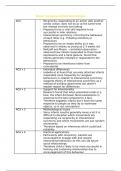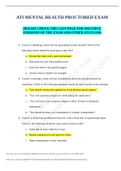Other
AQA A Level Psychology Attachment Essay Plans
- Course
- Institution
Concise, detailed essay plans covering the whole AQA A Level Psychology Attachment topic, created and used to achieve an A* in the 2024 Psychology A Level exam series.
[Show more]




